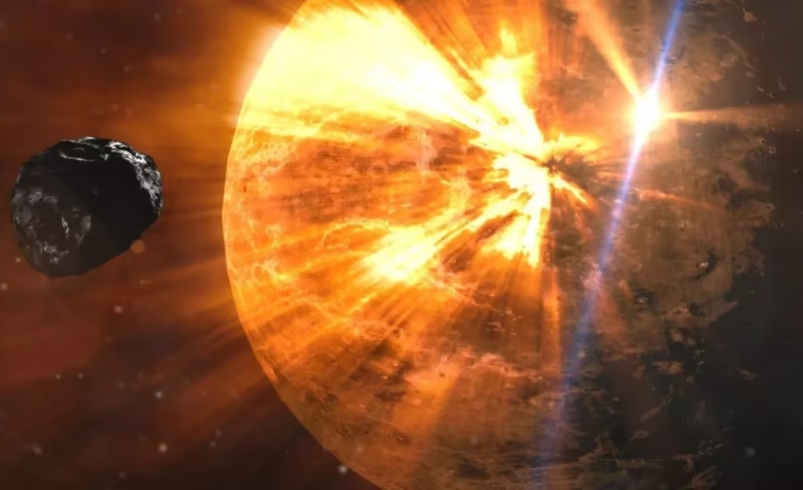NASA Tracks Asteroid 2025 OT7 for August 2025 Earth Flyby
- August 5, 2025
- 0

NASA is closely monitoring the asteroid known as 2025 OT7, which is set to make a close approach to Earth on August 5, 2025. This celestial body, measuring approximately 170 feet in width, will travel at a significant speed as it passes by our planet. Despite its proximity, the asteroid will maintain a safe distance from Earth, ensuring no immediate threat to our planet.
The tracking of asteroids like 2025 OT7 is part of NASA’s ongoing efforts to monitor near-Earth objects (NEOs). These efforts are crucial for planetary defense, as they help scientists predict potential impacts and develop strategies to mitigate any threats. The continuous observation of such objects allows for timely alerts and necessary preparations should any risks arise.
In addition to NASA, other space agencies around the world, including the Indian Space Research Organisation (ISRO), are actively involved in monitoring asteroids and planning missions related to these space rocks. ISRO’s interest in asteroid missions underscores the global effort required to understand and manage the potential hazards posed by NEOs.
The upcoming flyby of asteroid 2025 OT7 highlights the importance of planetary defense initiatives. These programs aim to protect Earth from potential asteroid impacts through early detection and possible deflection strategies. By studying asteroids’ trajectories and characteristics, scientists can better prepare for any future threats.
Events like the flyby of asteroid 2025 OT7 serve as a reminder of the dynamic nature of our solar system. They also provide an opportunity for public education about space science and the measures in place to safeguard our planet. Increased awareness can foster support for continued research and investment in space exploration and planetary defense.